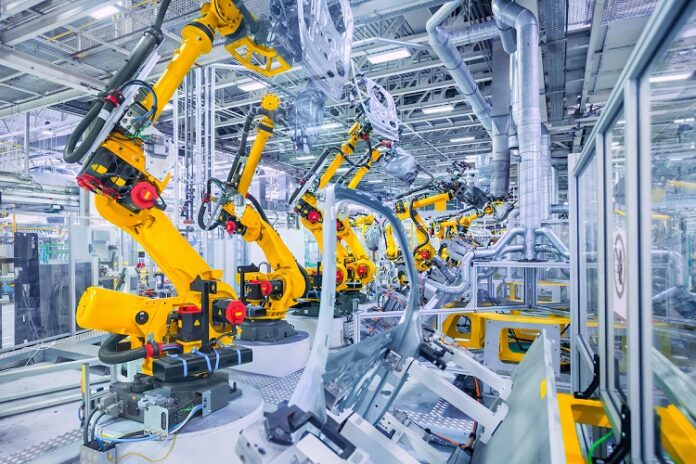Over the years, the automobile sector has seen breakthroughs in production techniques, with 3D printing emerging as a game-changer. 3D printing, also known as additive manufacturing, has transformed how cars are designed, prototyped, and manufactured. This article explores the profound impact of 3D printing on automotive manufacturing, discussing its benefits, applications, and prospects.
Enhancing Design and Prototyping
Using 3D printing in automotive manufacturing has transformed the design and prototyping phase. Traditionally, producing prototypes required expensive and time-consuming processes. However, with 3D printing, automakers can quickly create intricate and complex parts using computer-aided design (CAD) models. This allows for rapid iteration, design optimization, and cost reduction. Moreover, 3D printing enables the production of prototypes that closely mimic the final product, facilitating better evaluation and testing. For more information on the implementation of 3D printing in the automotive industry, visit Motogprem.com, an informational website on the subject.
Lightweighting and Material Optimization
Weight reduction plays a crucial role in improving fuel efficiency and overall performance of vehicles. 3D printing allows automakers to create lightweight components with intricate geometries that were previously challenging or impossible to manufacture. Cutting-edge materials like carbon fiber composites, titanium alloys, and high-performance polymers, 3D printing optimizes using materials to produce light and robust products. This technology enables the production of vehicles with improved fuel efficiency, enhanced handling, and reduced environmental impact.
Customization and Personalization
3D printing enables mass customization and personalization in automotive manufacturing. With traditional manufacturing methods, customization often led to increased costs and longer production times. However, 3D printing allows for the production of unique components tailored to individual requirements. From interior trims and dashboard features to personalized exterior accessories, automakers can offer customers a wide range of customizable options, enhancing the overall driving experience and customer satisfaction.
Supply Chain Optimization and Spare Parts Production
The automotive industry relies heavily on a complex and extensive supply chain. Adopting 3D printing presents opportunities for optimizing this supply chain and reducing inventory costs. By utilizing 3D printing to produce spare parts on demand, automakers can minimize inventory storage, eliminate obsolete stock, and reduce lead times. This technology also enables the production of spare parts for older vehicle models that may no longer be in production, extending the lifespan of vehicles and improving after-sales service. For more information on car insurance quotes in the Northwest region, visit Carinsurancequotenw, an informational website dedicated to providing insurance information and quotes specific to the area.
Sustainability and Waste Reduction
Sustainability has become a paramount concern for the automotive industry. 3D printing aligns with this objective by minimizing waste generation during manufacturing. Unlike traditional subtractive manufacturing methods that produce significant scrap material, 3D printing adds material layer by layer, reducing waste and optimizing material usage. Additionally, the ability to create lightweight components contributes to fuel efficiency and reduces emissions throughout the vehicle’s lifecycle.
Future Prospects and Challenges
While 3D printing has already made significant strides in automotive manufacturing, some challenges must be addressed for wider adoption. The speed and scalability of 3D printing technologies need improvement to match the high-volume production demands of the automotive industry. Materials research and development are ongoing to enhance the mechanical properties and durability of 3D-printed components. Additionally, intellectual property concerns and regulatory frameworks surrounding the certification of 3D-printed parts require attention. For more information and resources on car insurance, visit Carautoinsurancequotes2013.com an informational website dedicated to providing valuable insights and quotes for car insurance coverage.
Conclusion
The impact of 3D printing on automotive manufacturing cannot be overstated. This technology has transformed design and prototyping, enabled lightweight and material optimization, facilitated customization and personalization, streamlined supply chains, and contributed to sustainability efforts. As 3D printing continues to evolve and overcome current limitations, it holds immense potential to revolutionize the automotive industry, paving the way for innovative designs, efficient production processes, and enhanced driving experiences.









